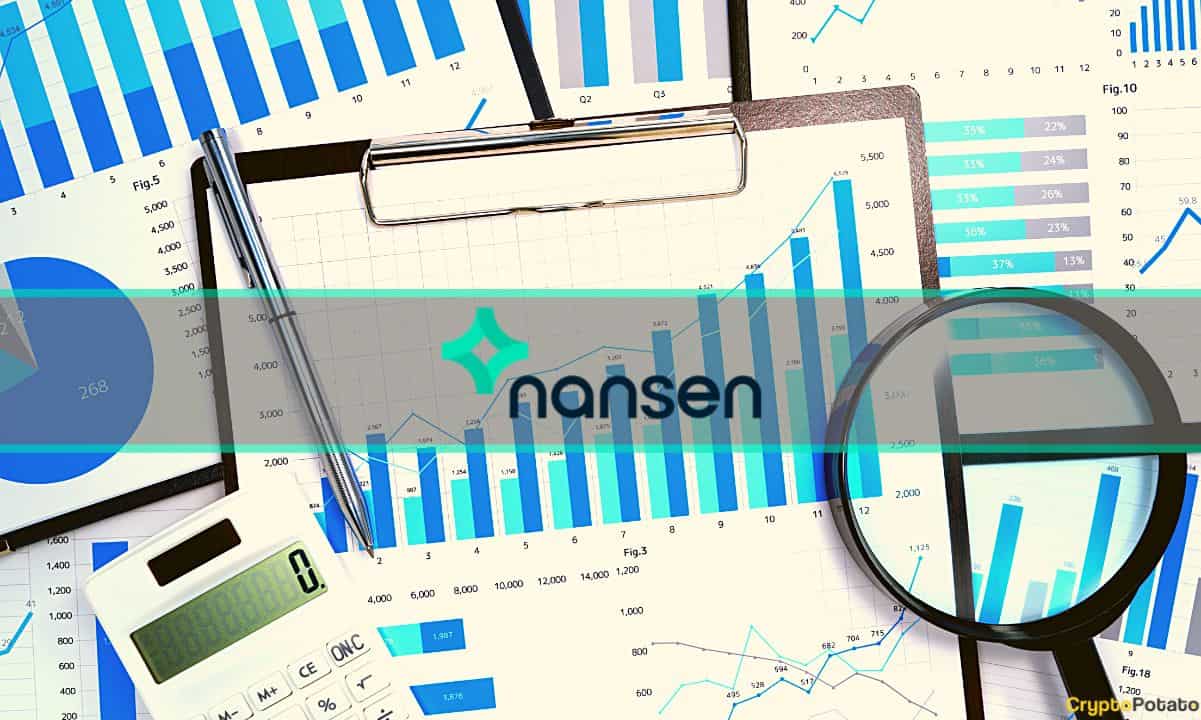Certain Cardano Investors Doubled Their ADA Holdings During the Crash
The most recent price plummets in the cryptocurrency market have not deterred large investors from accumulating more portions of certain assets. This became evident for Cardano’s native token, as on-chain data revealed that some ADA wallets have more than doubled their holdings in less than two weeks.
ADA Appetite Increases With Lower Prices
It’s safe to say that the cryptocurrency space went through a steep correction since the middle of January, wiping more than $500 billion from its cumulative market cap in a week at one point. Cardano, which spiked to a six-week high on January 18th at $1.65, was among the most harmed assets.
ADA declined by 45% in four days from the aforementioned local peak to $0.92 on January 22nd. Since then, the token has reclaimed some of its lost ground and trades above $1, but it’s still about 25% down on a year-to-date basis.
Nevertheless, this slump hasn’t dampened investors’ appetite for the asset. Just the opposite, as revealed by data from Santiment. The analytics resource reported that addresses holding between 10,000 and 1,000,000 tokens increased their bags by nearly $55 million worth of ADA in less than two weeks.
From a percentage perspective, this means that their holdings rose by more than 110% in 11 days.
#Cardano‘s price, like many #altcoins, have plummeted in the past 10 days, dropping -34%. However, large addresses holding between 10k and 1M $ADA, own 113% more in their collective bags since the drop on January 17th, accumulating $53.6M in tokens.
https://t.co/9V50jyrBlX pic.twitter.com/tQdwa7ym38
— Santiment (@santimentfeed) January 28, 2022
It’s worth noting that IntoTheBlock data showed something similar for BTC as well. As reported yesterday, whales and long-term holders have continued accumulating during the price crash, in which bitcoin dropped by $10,000 in days.
Cardano’s Network Issues
While the appetite for the native token seems to be strong, the network behind it has been experiencing some issues lately.
Reports started to emerge last week that numerous transactions failed due to congestion on the blockchain following the launch of the first Cardano-based dApp – SundaeSwap.
With other applications starting to run on the blockchain, the congestion only increased in the following days. In fact, the blockchain load on Cardano began to surge in the middle of January and peaked on the 21st at 94.1%. It has remained above 90% for nearly two weeks now.
Cardano increased its block size by 12.5% two months ago, but this doesn’t seem to have the necessary effect. As such, the team aims to introduce a layer 2 scaling solution during the next Hydra update later on this year.









